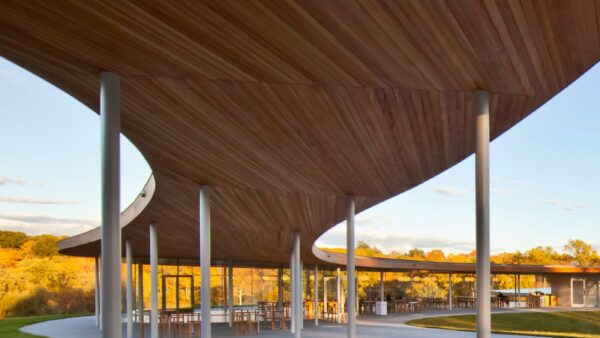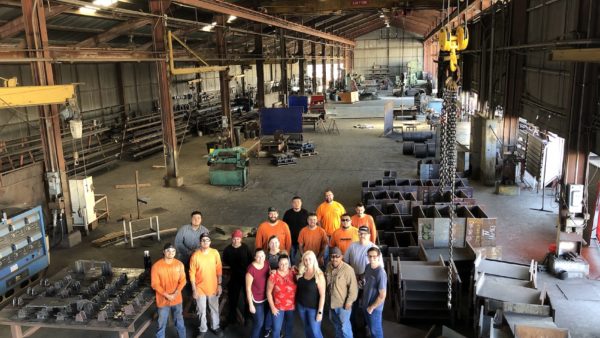The fall of Silicon Valley modular unicorn Katerra could have been predicted but that doesn’t mean construction can never industrialise, say Dr Kell Jones and Professor Jacqui Glass from the Bartlett School of Sustainable Construction at University College London.
Six years after bursting forth as the great hope for construction productivity, US-based construction start-up Katerra is calling it a day. The decision leaves clients and a directly employed workforce that in its heyday peaked at around 8,500 facing an uncertain future.
Katerra’s founders, drawn from the property and tech sectors, saw the opportunity to apply the lessons learned from the tech sector to address construction’s yawning productivity gap.
They aspired to integrate, industrialise and digitise a fragmented, low-tech, craft and site-based delivery process.
The plan was to grow rapidly, acquiring and integrating companies from across the construction supply chain, including architects and contractors. It tried to assemble an end-to-end value chain and built multiple factories across the US to serve a global market.
Integration by acquisition strategies like Katerra’s are a well-understood and challenging way to address fragmentation and low productivity. It leads to big overhead costs that need continuous feeding. In pursuing this strategy, Katerra chose to ignore the fact that the industry has evolved as a best-fit response to the nature of the demand it serves.
Construction’s project-based companies work together to deliver unique, complex projects. They know that there may be lean periods where work dries up, and so try to minimise their overheads. Manufacturers on the other hand build factories to respond to a relatively consistent demand for relatively standard items. The trouble is that construction clients usually want bespoke buildings made to order.
And here’s the rub: without consistent demand, Katerra’s production overheads quickly ate up its $2bn cash pile.
So does Katerra’s demise mean that the sector is doomed to low productivity and fragmentation, forever immune to industrialisation? We think not.
Our research has shown that significant efficiencies can be achieved through a coordinated approach to information production and exchange, leveraging digital solutions to store and transmit data along the supply chain, and by starting small and scaling.
Such explorations – or ‘niches’ as business ecosystem scholars call them – must be grounded on robust, smooth flow digital data sharing to be successful. Money is not the answer – fidelity is.
Katerra saw the destination, but tried to run before it could walk. Maybe every sector needs a Katerra to stumble before it can find its way.
Katerra’s rise and fall will doubtless be unpicked in the coming months and years, but their story shouldn’t be seen as a failure of construction’s industrialisation. Instead, the moral of the story is to be mindful of one of humanity’s inherent and frustratingly enduring flaws – the lure of hubris.
- Kell Jones is a Research Fellow, currently exploring the changing face of construction. Jacqui Glass FCIOB is Professor of Construction Management and Director of the Transforming Construction Network Plus.
Image: Katerra’s Phoenix factory, which closed down in 2019. It had others in Spokane, Washington, and Tracy, California (Katerra)










